Calculating Generator Size for your System
We know - ensuring you have enough juice to adequately power your PA can be a daunting and sometimes confusing task, so we’ve made it easy! Here’s a walkthrough of calculating your audio system’s power consumption, and finding the best generator option for you!
1. List All the Devices and Their Power Ratings
Make a list of all the equipment in your PA system, such as amplifiers, mixers, speakers, and other high-powered devices.
Identify the power ratings for each device, which are usually listed in watts (W) on the back of the device or in the user manual.
2. Calculate the Total Power (in Watts)
For devices listed in watts (W): Add up the wattages of all devices to get the total power requirement.
For devices listed in amps (A): Use the formula:
Watts=Amps×Voltage: where voltage is typically 120V in the U.S.
3. Consider Peak (Surge) Power Requirements
Many devices, especially amplifiers, have a higher initial power draw (called surge power) when they first start up. This is often higher than their continuous power usage (running power).
Check the specifications for both running power and surge power (or peak power) for each device.
Add the surge power ratings of devices to your total wattage to ensure your generator can handle these peaks.
4. Add a Safety Margin (20-25%)
It's a good idea to size your generator with a buffer to ensure smooth operation and to prevent running the generator at full capacity all the time, which can cause wear and reduce efficiency.
Multiply your total wattage by 1.2 to 1.25 to account for this safety margin.
5. Choose a Generator with the Correct Output
Generators are rated in watts (W) or kilowatts (kW). To ensure reliable operation, choose a generator with both sufficient running watts and surge watts.
Ensure the generator provides stable power output with good voltage regulation, especially for sensitive audio equipment. Look for a generator with inverter technology if possible, which provides clean power ideal for electronics and audio gear.
Example Calculation:
Let’s say your PA system includes:
2 powered speakers (mains): 500 watts each (1000W total)
2 powered subs: 1000 watts each (2000W total)
Digital Mixer: 100 watts
Amplifier: 600 watts running, 1200 watts surge
Running Power Requirement:
Powered speakers (total): 3000W
Mixer: 100W
Amplifier: 600W
Total running power = 3000 + 100 + 600 = 3700 watts
Surge Power Requirement:
Amplifier surge power: 1200 watts (600W surge above running)
Total surge power = 3700W (running) + 600W (surge) = 4300 watts
Add Safety Margin (20%):
4300 ×1 .2 = 5160 watts
Generator Size:
You should select a generator that provides at least 5160 watts (or around 5.16 kW) to run your system with a safety margin. You might round up to a 6 kW or 6000 W generator for flexibility.
Important Considerations:
Inverter Generator: For clean power (less risk of damaging sensitive audio equipment), look for an inverter generator.
Noise Level: Consider a quieter generator for events, as loud generators can interfere with your signal quality.
Looking to upgrade your sound system? Contact Us to get started!

